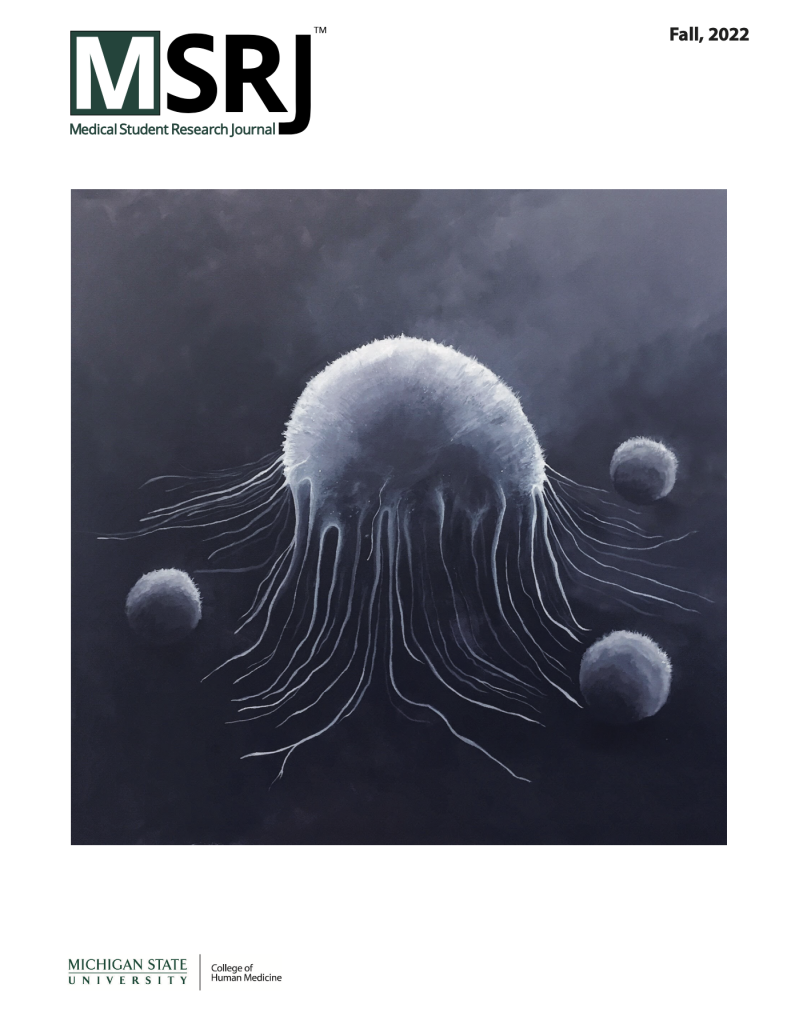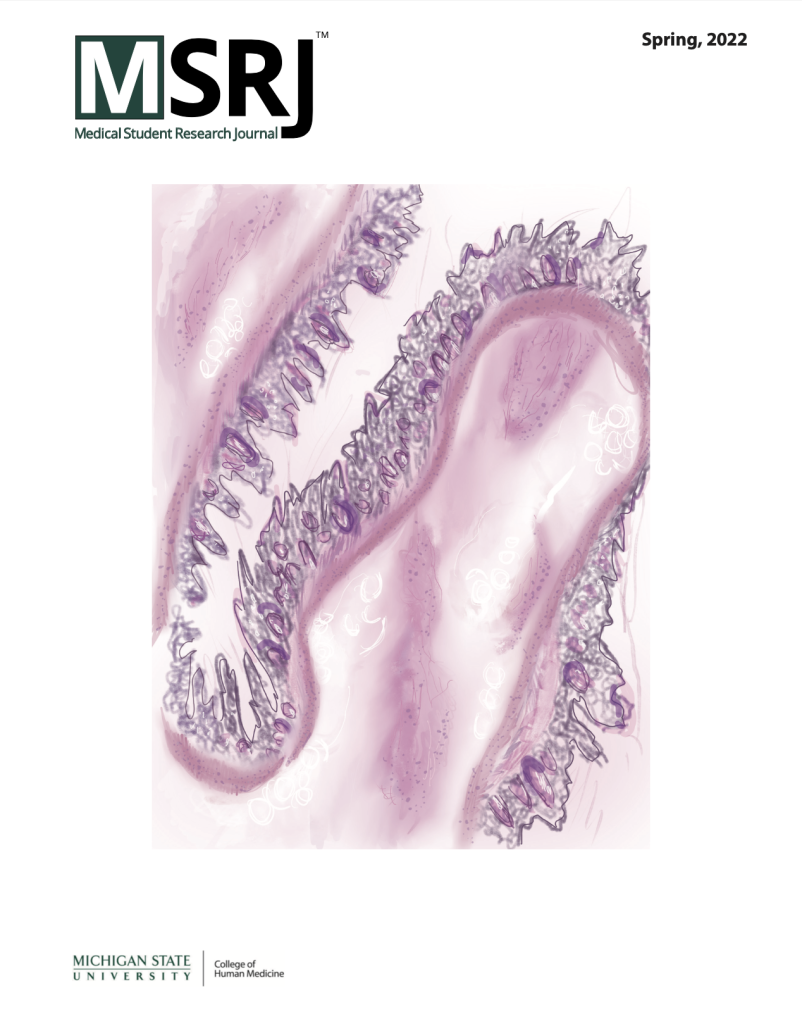We are pleased to share another manuscript that will be included in our Spring 2023 issue.
https://msrj.chm.msu.edu/wp-content/uploads/2023/04/231-ePub-final.pdf
Background: The medical literature on vulvovaginal lacerations following consensual versus nonconsensual sexual intercourse is sparse and conflicting.
Objectives: To compare the predisposing factors, injury location and severity, as well as treatment of vulvovaginal lacerations sustained during consensual versus nonconsensual sexual intercourse, in adult women within a community-based cohort.
Methods: This is a retrospective comparative analysis of adult women presenting to the emergency departments of five hospitals and a free-standing nurse examiner clinic during a seven-year study period. All patients had documented vulvovaginal lacerations and reported vaginal penetration via consensual sexual intercourse (CSI) or nonconsensual sexual intercourse (NCSI) within 72 hours of presentation.
Results: A total of 598 cases were identified: 81 (14%) reported CSI, and 517 (87%) reported NCSI. CSI patients were younger (21.3 vs 25.7, p <0.001) and reported a greater incidence of penile penetration (97.5% vs 75.9%, p <0.001). While NCSI subjects had a higher incidence of vulvovaginal lacerations overall (1.7 vs. 1.0, p<0.001), their injuries were smaller (1.1 cm vs. 4.3 cm, p<0.001) and more likely to be located on the posterior vulva (83% vs. 69%, p=0.003) when compared to the CSI group. Additionally, all the lacerations in the NCSI group were superficial. In contrast, 27 (33%) of CSI subjects had lacerations sutured in the ED; six (7%) required aggressive fluid resuscitation and ten (12%) required surgical intervention.
Conclusions: In this community-based population, more severe vulvovaginal lacerations were noted in women following CSI. The predisposing factors, injury location, and subsequent treatment in this group were significantly different when compared with women reporting NCSI.


